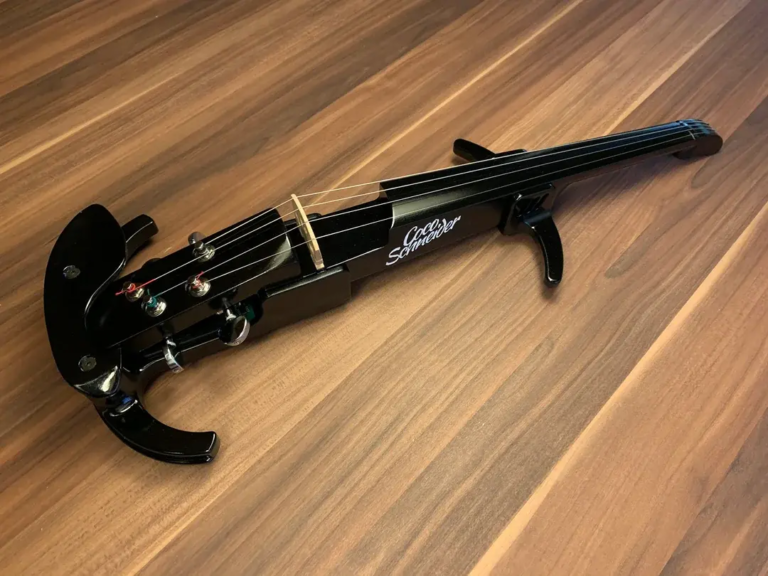As a leading provider of five-axis CNC machining services, outstanding light has extensive experience in using a wide range of materials including titanium. Titanium is a popular choice for many applications due to its high strength to weight ratio, corrosion resistance and ability to withstand extreme temperatures. However, due to its unique properties, processing titanium can be challenging. In this article, we will provide a comprehensive guide on titanium CNC machining, including the benefits, challenges and best practices of using this material.
Benefits of Titanium CNC machining
Titanium is an ideal material for applications requiring high strength, low weight and corrosion resistance. Some of the benefits of Titanium CNC machining include:
- High Strength to Weight Ratio: Titanium has a high strength to weight ratio, making it ideal for applications where weight loss is critical.
- Corrosion resistance: Titanium has excellent corrosion resistance, making it suitable for use in harsh environments.
- High Temperature Resistance: Titanium can withstand extreme temperatures, making it ideal for high temperature applications.
- Biocompatibility: Titanium is biocompatible, making it suitable for medical implants and other biomedical applications.
The Challenge of Titanium CNC Processing
Although titanium offers many benefits, the machine can be challenging due to its unique characteristics. Some challenges in titanium CNC machining include:
- Hardness: Titanium is a hard material that can make it difficult to process.
- Bile: The trend of titanium tends toward the gallbladder, which can cause tool wear.
- Thermal conductivity: Titanium has a lower thermal conductivity, which may make cooling during processing difficult.
- Cost: Titanium is an expensive material that can make it challenging.
Best practices for titanium CNC machining
To overcome the challenges of titanium CNC machining, best practices must be followed. Some best practices for titanium CNC machining include:
- Using the right tools: Using the right tools, such as carbide or diamond coating tools, can help improve tool life and reduce wear.
- Optimize machining parameters: Optimizing machining parameters such as feed rate and reduced speed can help improve machining efficiency and reduce tool wear.
- Using coolant: Using coolant can help reduce heat accumulation and improve processing efficiency.
- Monitoring Tool Wear: Monitoring tool wear can help prevent tool failure and improve machining efficiency.
in conclusion
Titanium CNC machining is a complex process that requires professional expertise and equipment. By understanding the benefits and challenges of titanium CNC machining and following best practices, manufacturers can produce high-quality titanium parts with complex geometric shapes and precise tolerances. From a great perspective, we have extensive experience in titanium CNC machining to help you produce high-quality titanium parts with precision and accuracy. Whether you need custom precision machining or post-processing and finishing services, we can help you achieve your goals. Contact us today to learn more about our Titanium CNC machining services.
FAQ
Q: What is the best tool material for titanium CNC processing?
A: The best tool material for processing titanium CNC is carbide or diamond coating tools.
Q: What is the optimal feed rate for titanium CNC processing?
A: The optimal feed rate for titanium CNC processing depends on the specific application and material, but the general rule of thumb is that the feed rate per revolution is 0.001-0.01 inches.
Q: Can titanium be processed and dried?
A: No, it is not recommended to dry the titanium as it will cause tool wear. Using coolant can help reduce heat accumulation and improve processing efficiency.
Q: What are the typical tolerances for titanium CNC processing?
A: Typical tolerances for titanium CNC machining are ±0.001-0.01 inches, depending on the specific application and material.
Q: Can excellent light provide post-processing and completion services for titanium parts?
A: Yes, excellent lighting can provide after-treatment and finishing services, including grinding, polishing and coating to achieve the desired finish and characteristics.



















